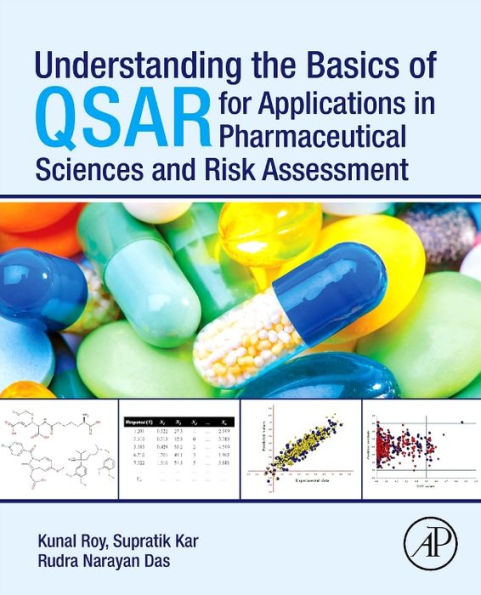5
1

Understanding the Basics of QSAR for Applications in Pharmaceutical Sciences and Risk Assessment
484
Understanding the Basics of QSAR for Applications in Pharmaceutical Sciences and Risk Assessment
484eBook
$84.99
$99.95
Save 15%
Current price is $84.99, Original price is $99.95. You Save 15%.
Related collections and offers
84.99
In Stock

Product Details
| ISBN-13: | 9780128016336 |
|---|---|
| Publisher: | Elsevier Science |
| Publication date: | 03/03/2015 |
| Sold by: | Barnes & Noble |
| Format: | eBook |
| Pages: | 484 |
| File size: | 24 MB |
| Note: | This product may take a few minutes to download. |
About the Author
What People are Saying About This
From the B&N Reads Blog
